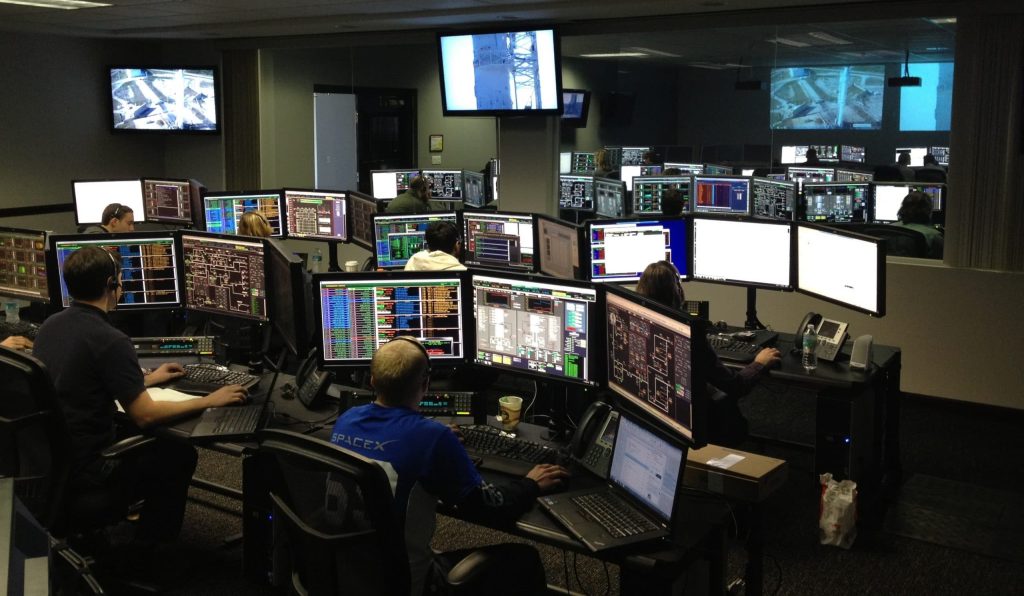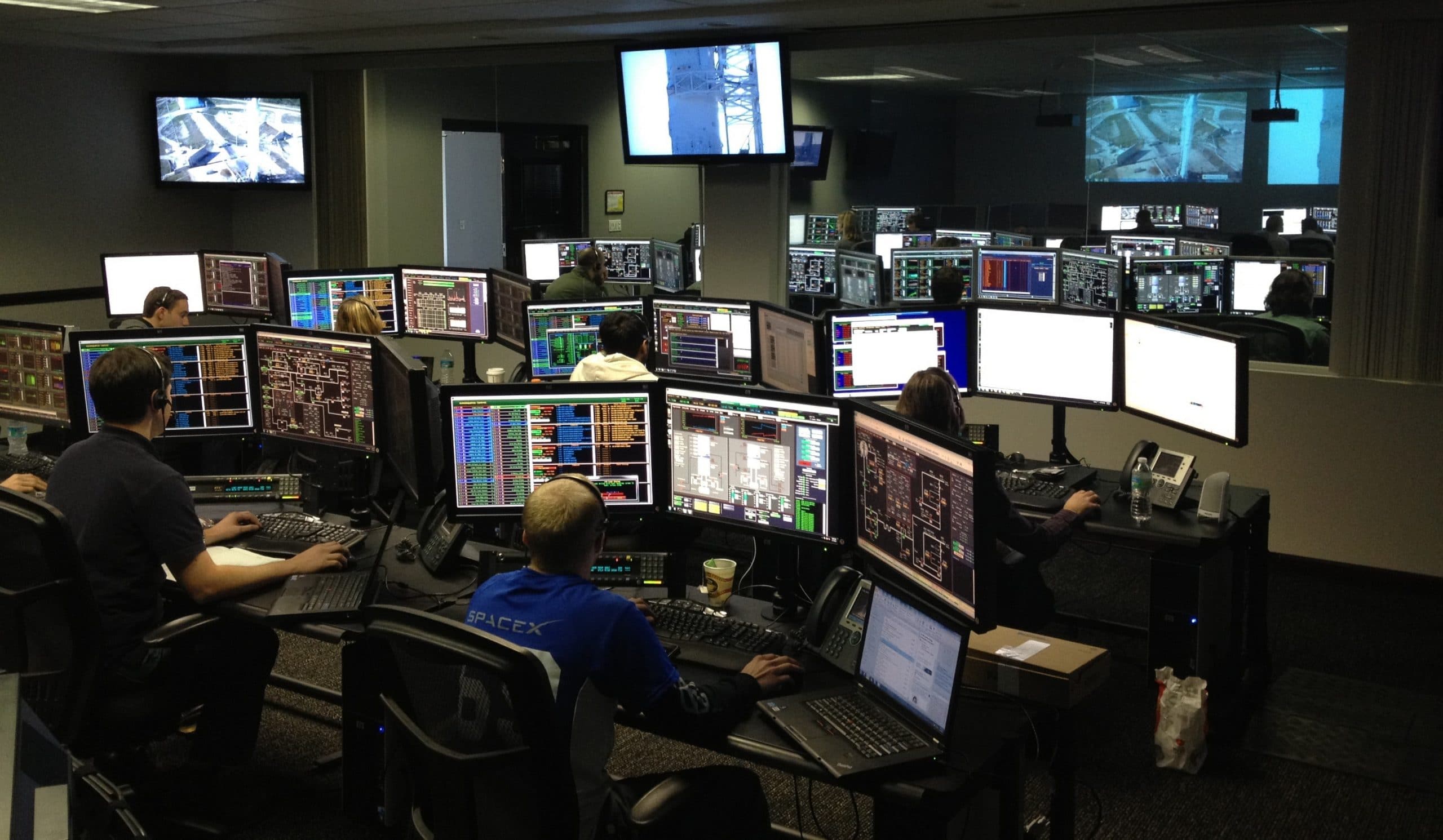We are all familiar with desktop PCs. But what does it mean when we say desktop virtualization, and why is there so much interest in this technology?
Virtualizing desktop computers is useful for many reasons.
The advent of technology has made it possible to create a virtualized desktop environment powered by Virtual Desktop Infrastructure (VDI), the software that enables users to access virtual desktops remotely on a central server.
This means that if you’re a business with more than a hundred computers, you can easily access each of these desktops in one single cluster of servers.
The Virtual Machines (VMs) serve as the host of these virtual desktops and controlled by the management software. VDI makes it possible for you to gain access to your desktop from anywhere at any time with the use of VDI client software. There is no need to install or configure each desktop PC with VDI.
This means that VDI allows enterprises and SMEs to cut their administrative overhead, increase their productivity, diminish IT support costs, gain better security, and experience peace of mind.
The Basic Components of VDI
VDI has three parts – the Connection Broker, the Hypervisor, and the Desktop Pools.
1) Connection Broker: This is a software program that enables users to access desktop instances. It also authenticates users’ information and sends it to the instances. The connection broker also has the ability to monitor active and inactive desktops.
When you attempt to send the connection request to the desktop, you will be provided with an idle desktop instance. The status will show inactive when you disconnect from the server.
2) Hypervisor: The hypervisor is the component that creates a virtualized environment by separating your operating system from the hardware.
After the separation, the hardware is broken down into multiple VMs, which are individually configured as well. These VMs have unique OS, applications, and configuration. Hypervisor lets you experience the advantage of using a separate desktop everytime you access the desktop instance.
3) Desktop Pools: Desktops pools let you configure a group of similar desktops based on a specific function you want to install or enable.
For instance, there are two departments in an office with different needs. Two desktops do not have to copy all applications and configuration. When you create a desktop pool, you can configure the desktop settings according to the department’s specific function.
How does VDI work?

For you to activate VDI, you need to log in to your desktop via the client software.
You will need to wait for the connection broker to accept your request after they authenticate your information. The hypervisor takes over, creating multiple VMs where your virtual desktop will be hosted.
The HA in hypervisors has the option to combine the resources of multiple servers. The process enables the migration of virtual desktops to another server if required.
If you are not using the virtual desktop, the admin has the option to turn it off. This practice lets you accommodate more users.
In full cloning, desktops function independently as they are not linked to the master desktop. Each clone has its own separate disk space.
In linked cloning, all other desktops depend on the virtual disk of the master desktop. It does not use separate disk space, making this type of cloning a space saver. However, for cloned desktops to work, they should be linked to master desktops.
The admin user controls and manages the virtualized desktop environment. They are responsible for setting up policies, creating new pools, provisioning new desktops and managing the desktop pools.
The Benefits of VDI

Virtual Desktop Infrastructure provides businesses with an innovative solution in simplifying management, minimizing the risks involved in managing sensitive data, and optimizing user experiences.
Increased Productivity – There is no need to be chained to your desk to access your data because VDI provides you with data access from anywhere. You do not have to sit for hours to configure your PCs.
Cost Efficient – Another benefit you reap from VDI is the reduced IT support costs, especially on licensing. When you replicate virtual desktop instances, you can also consolidate server storage.
Reduced Administrative Overhead – Managing your multiple desktops in a virtualized environment means you can make updates without being physically present in an office.
Improved Security – VDI only controls the central server, and this capability gives you the option to set data policies for each user.


